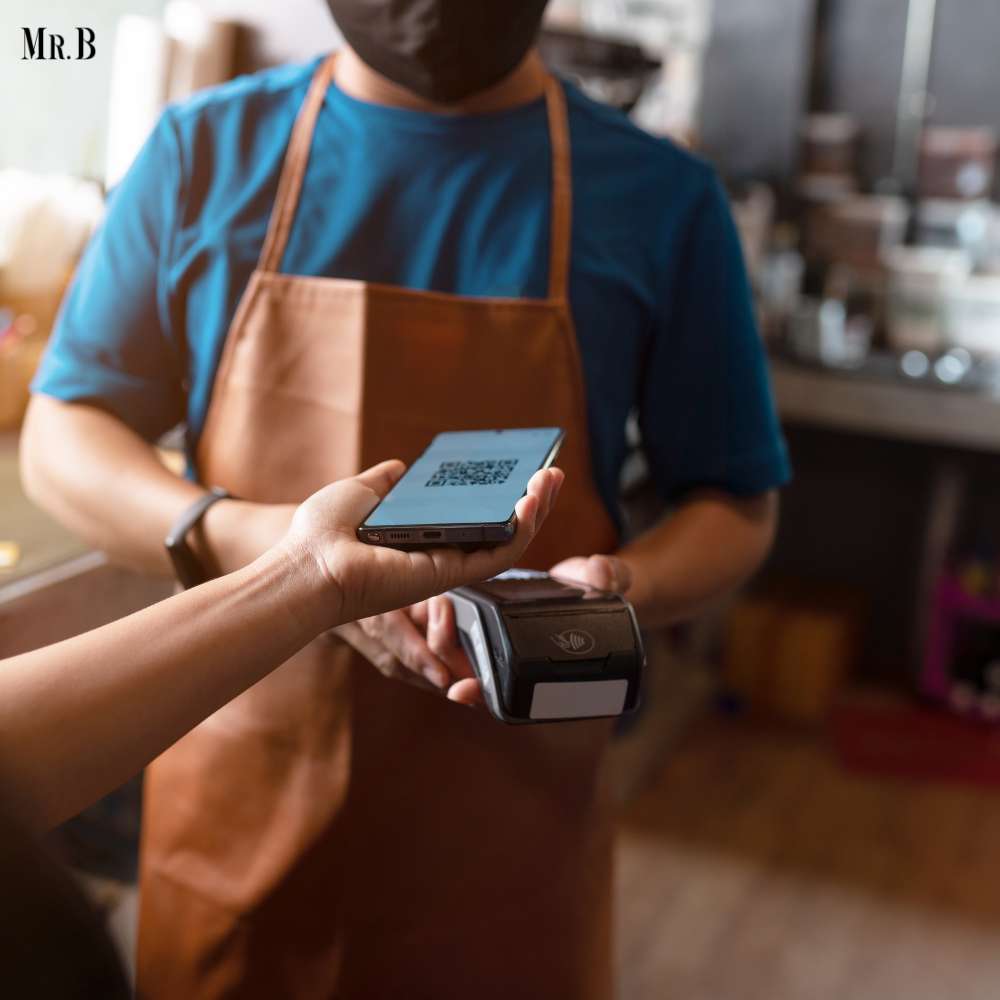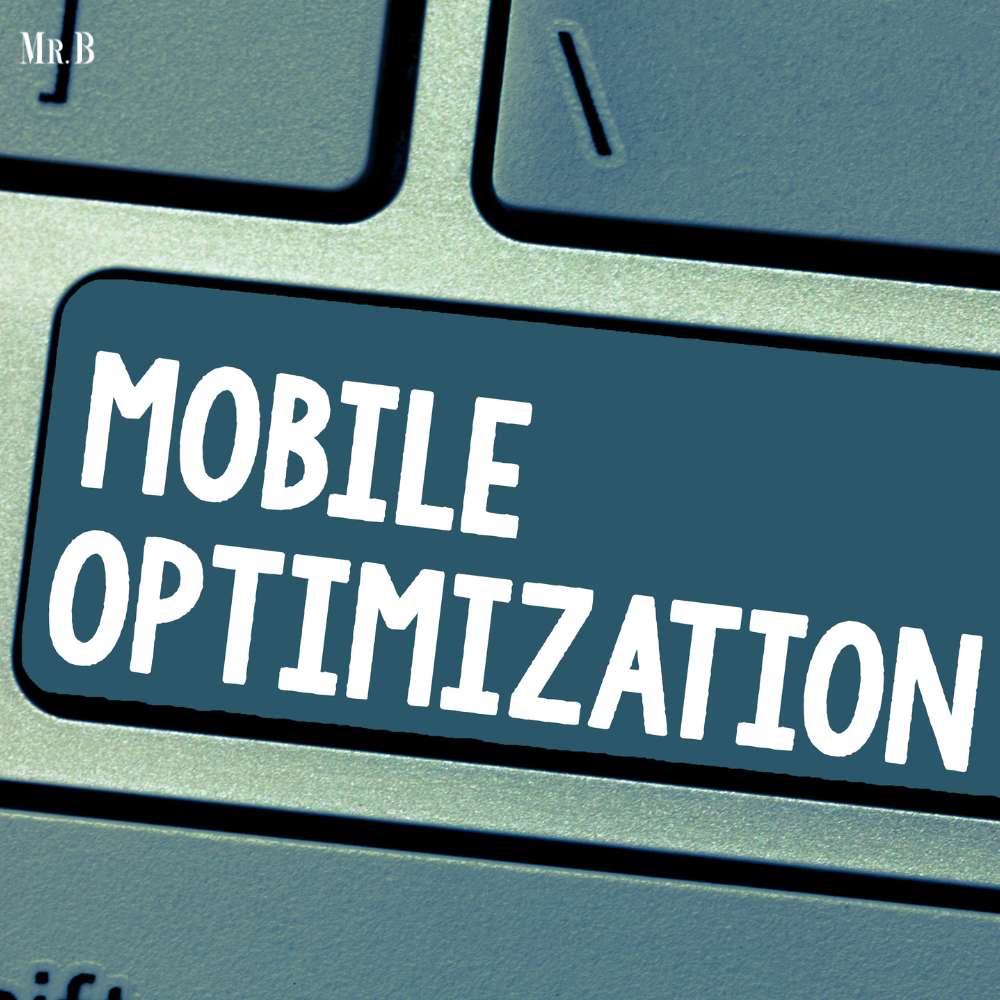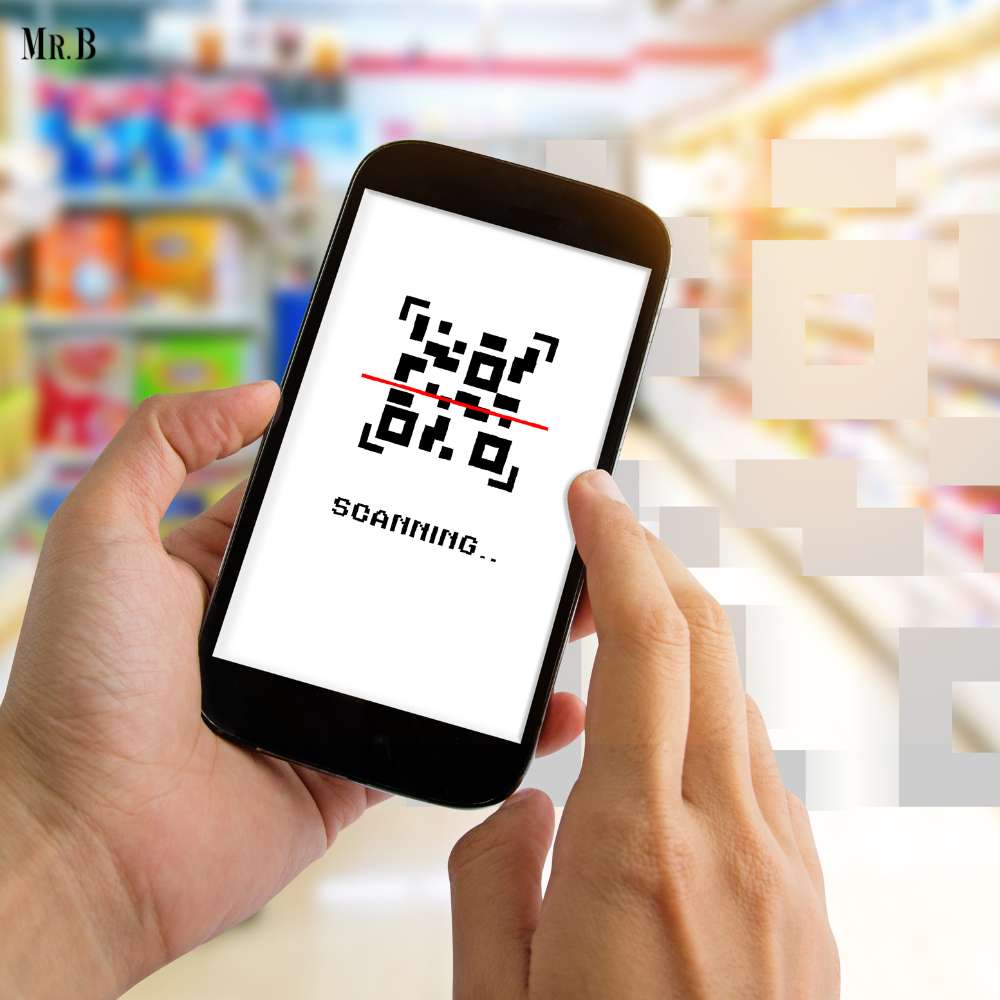In today’s digitally driven world, small businesses are continually seeking innovative ways to connect with their customers and stand out in a competitive market. One such tool that has gained popularity is the QR code (Quick Response code). Originally designed for tracking parts in vehicle manufacturing, QR codes have evolved to become versatile marketing assets that offer a direct link between the physical and digital realms.
In this article, we’ll explore how to creatively leverage QR codes to enhance small business marketing efforts and foster customer engagement.
1. Understanding the Power of QR Codes
Before delving into creative uses, let’s grasp the fundamental concept of QR codes. These two-dimensional barcodes can store various types of data, such as URLs, contact information, text, or even app-specific actions. Users can scan QR codes with their smartphones, instantly connecting them to the information contained within.
2. SEO Benefits
QR codes, when used strategically, can contribute to your SEO efforts. When customers scan QR codes and access your website or landing page, it generates organic traffic, potentially boosting your search engine ranking. Additionally, search engines may crawl and index the content linked through QR codes, improving your online visibility.

Creative QR Code Utilization in Small Business Marketing
Now, let’s explore various creative ways small businesses can integrate QR codes into their marketing strategies to enhance customer engagement and brand visibility.
1. Menu QR Codes for Restaurants and Cafes
For restaurants and cafes, QR codes can replace traditional printed menus, providing a contactless and interactive dining experience. When customers scan the QR code, they can access the digital menu on their smartphones. Businesses can take this a step further by embedding images of dishes, nutritional information, and even short videos showcasing culinary delights.
2. Product Information and Reviews
Small retail businesses can use QR codes to provide customers with instant access to detailed product information, customer reviews, and ratings. By scanning the code, customers can make more informed purchase decisions, fostering trust in your brand.
3. Event Promotion
If your small business hosts events or workshops, consider creating QR codes for event registration or access to additional event details. This simplifies the registration process and ensures attendees have all the necessary information on hand.
4. Customer Feedback and Surveys
As you begin your small business marketing, gathering customer feedback is crucial for business growth. QR codes can be placed on receipts or in-store signage to direct customers to a quick survey or feedback form. Offer incentives like discounts or freebies to encourage participation.
5. Loyalty Programs
QR codes can be incorporated into loyalty programs, allowing customers to earn rewards or points with each purchase. By scanning the code, customers can track their progress and redeem rewards, thereby increasing customer retention and repeat business.
6. Interactive Business Cards
Enhance your networking efforts by adding a QR code to your business card. When scanned, it can link to your LinkedIn profile, website, or a portfolio showcasing your work, making it easier for potential clients or partners to connect with you.
7. Behind-the-Scenes Content
Share behind-the-scenes glimpses of your small business’s operations through QR codes. These could link to videos or blog posts showing how products are made, your company culture, or interviews with team members. This personalizes your brand and creates a stronger connection with customers.
8. Virtual Tours
For businesses in the real estate or travel industry, QR codes can offer virtual tours of properties or destinations. This provides potential clients with immersive experiences, helping them make informed decisions.
9. Promotions and Discounts
Use QR codes to distribute exclusive promotions or discounts to customers who engage with your brand through scanning. This will help your small business marketing through sales and also encourage customers to stay connected with your business.
10. Interactive Packaging
Enhance your product packaging with QR codes that lead to engaging content like instructional videos, recipes, or interactive games. This adds value to your products and keeps customers engaged even after the purchase.

Implementing QR Codes Effectively
While QR codes offer immense creative potential, their effectiveness depends on proper implementation. Here are 4 tips for your small business marketing:
1. Design Matters
Design your QR codes creatively to make them visually appealing while maintaining their scannability. Customization options include adding your logo or incorporating colors that align with your brand identity.
2. Mobile Optimization
Ensure that the content linked to the QR code is mobile-responsive. This is critical because most users will access the information on their smartphones.
3. Testing
Always test your QR codes on multiple devices and scanning apps to ensure they work seamlessly. Broken or malfunctioning QR codes can frustrate potential customers.
4. Tracking and Analytics
Use QR code generators that offer tracking and analytics features. This allows you to monitor how many times the code is scanned and gather data on customer engagement.

Expanding on the Importance of Mobile Optimization
When implementing QR codes in your small business marketing strategy, mobile optimization cannot be emphasized enough. In today’s mobile-centric world, customers rely heavily on their smartphones for various tasks, including scanning QR codes. Therefore, ensuring that the content linked to your QR codes is mobile-responsive is paramount.
Mobile optimization involves designing your websites, landing pages, and digital content in a way that adapts seamlessly to various mobile devices and screen sizes. Here are a few key considerations:
1. Responsiveness
Your website or landing page should automatically adjust its layout, font sizes, and images to fit the user’s device. This ensures that the information is displayed correctly and is easily readable on small screens.
2. Fast Loading Speed
Mobile users are impatient when it comes to page loading times. Slow-loading pages can lead to user frustration and high bounce rates. Optimize your website’s performance to load quickly on mobile devices.
3. User-Friendly Navigation
Make sure that the navigation menu and buttons on your mobile site are easily accessible and intuitive. Users should be able to find the information they’re looking for without excessive scrolling or clicking.
4. Mobile-Friendly Content
Today, mobile friendliness is an important factor when considering small business marketing. When creating content, use concise and scannable text, and make sure that images and videos are optimized for mobile viewing.
By prioritizing mobile optimization, you enhance the user experience for customers who interact with your QR codes via their smartphones. This not only improves the chances of successful engagement but also reflects positively on your brand’s commitment to delivering a seamless and user-friendly experience.
Conclusion
The integration of QR codes into your small business marketing strategy can be a game-changer. However, for maximum effectiveness, remember to prioritize mobile optimization, ensuring that your digital content is accessible and engaging for users across a variety of mobile devices. This commitment to mobile responsiveness will undoubtedly contribute to the success of your QR code marketing efforts.







